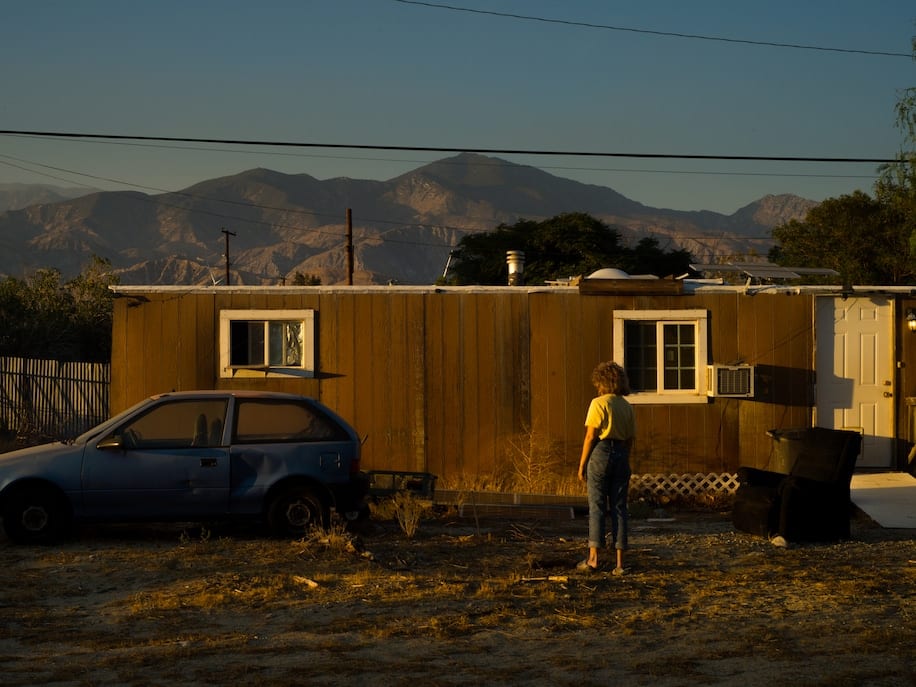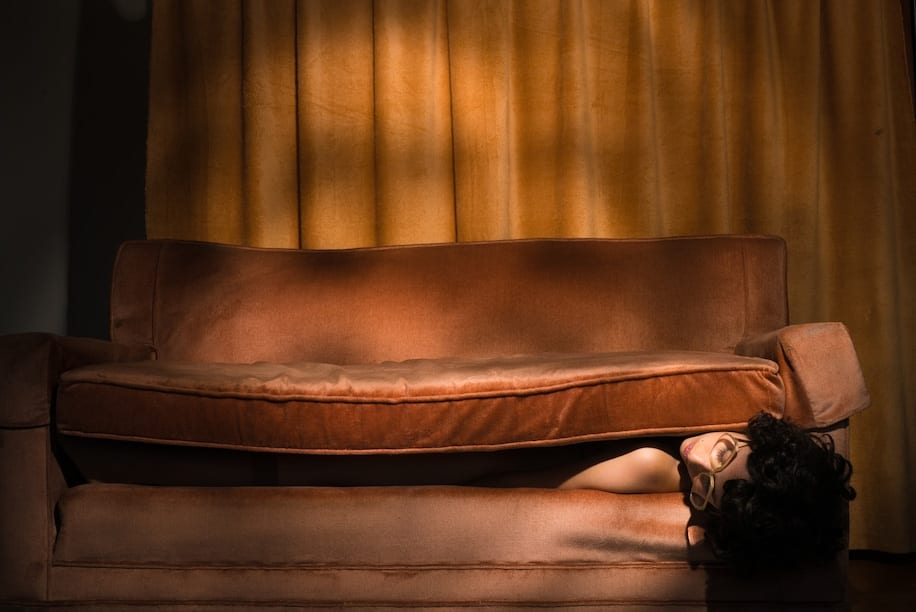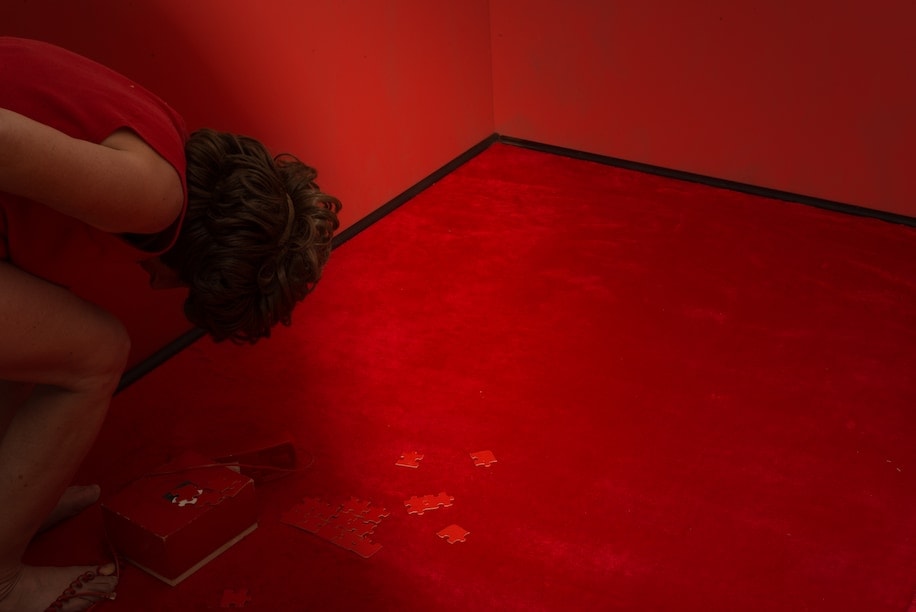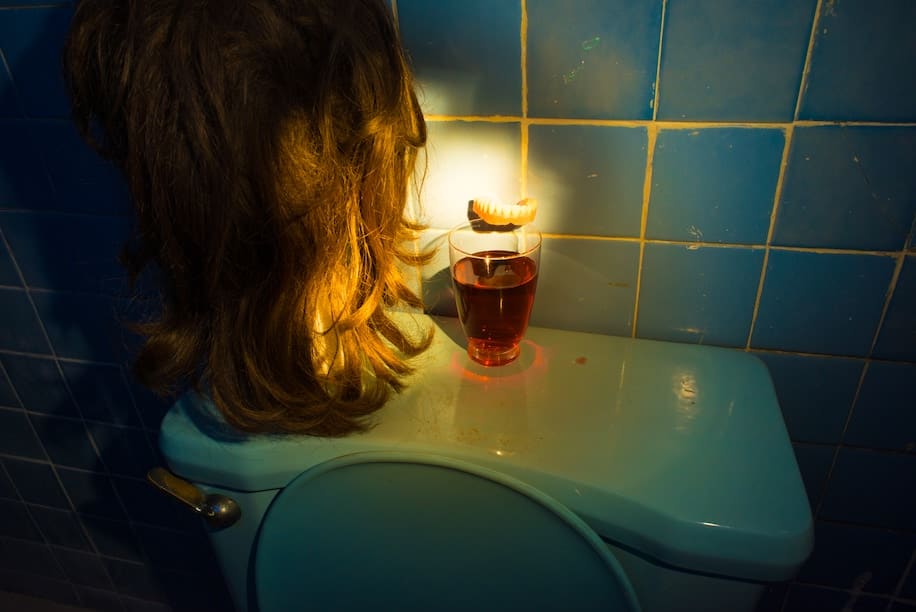Have you ever felt lonely at some point in your life? I certainly have. The rigors of everyday life fuel that feeling and more. It can be triggered by so many things: That hopeless feeling precipitated by the death of a loved one, a bad breakup or even the end of a cherished friendship.


Loneliness, usually followed by the dark cloud of depression, can take an immeasurable toll on us mentally and physically, causing myriad problems including persistent sadness, fatigue, loss of appetite, not to mention body aches. Collectively, the imagery of “Our Life in the Shadows” by photographer Tania Franco Klein serves as an allegory to this melancholia.
When asked about the inspiration behind her project, Klein told In Sight:
“The series is influenced by the pursuit of the ‘American Dream’ lifestyle and contemporary practices such as leisure, consumption, media overstimulation, eternal — and the psychological sequels they generate in our everyday private life. The project seeks to evoke a mood of isolation, depression, vanishing and anxiety through fragmented images, that exist both in a fictional and realistic way.
“I think the emotions that I depict in my work are usually the ones that are deemed as negative, but nonetheless emotions that we are all familiar with and experience alone. I think that we all drift between the duality of emotions of what we are experiencing and what we transmit to the world. I also try to explore topics that I feel are not usually talked about because I think there is an obsession with positivity and no space to learn to cope with anything that might threaten what that implies.
“The characters in my photographs have the constant need to escape, to always look outside. My characters find themselves almost anonymous, melting in places, vanishing into them, constantly lacking for any possibility of escape. They find themselves alone, desperate and exhausted constantly in an odd line between trying and feeling defeated.
“Philosopher Byung-Chul Han says we live in an era of exhaustion and fatigue, caused by an incessant compulsion to perform. We have left behind the immunological era, and now experience the neuronal era characterized by neuropsychiatric diseases such as depression, attention deficit, hyperactivity disorder, burnout syndrome, and bipolar disorder.”
All of this is vividly born out in the images in “Our Life in the Shadows” through Klein’s brooding, surreal approach. The feeling we get from the totality of the project is one of alienation, anxiety, loneliness. The images are reminiscent of the dystopian work of David Lynch, among others. And they feel like an appropriate coda in many ways to the kind of life that is presented to us every day, with all the distrust and polarization that society seems to be made up of these days.












